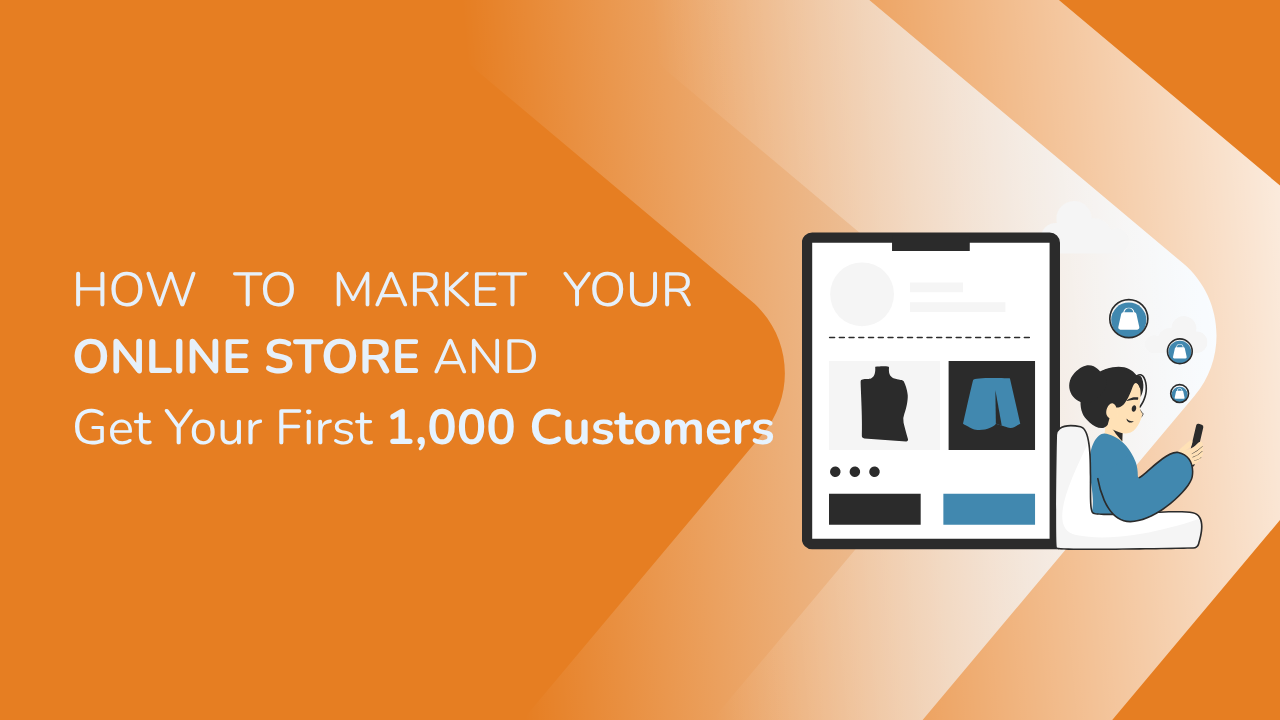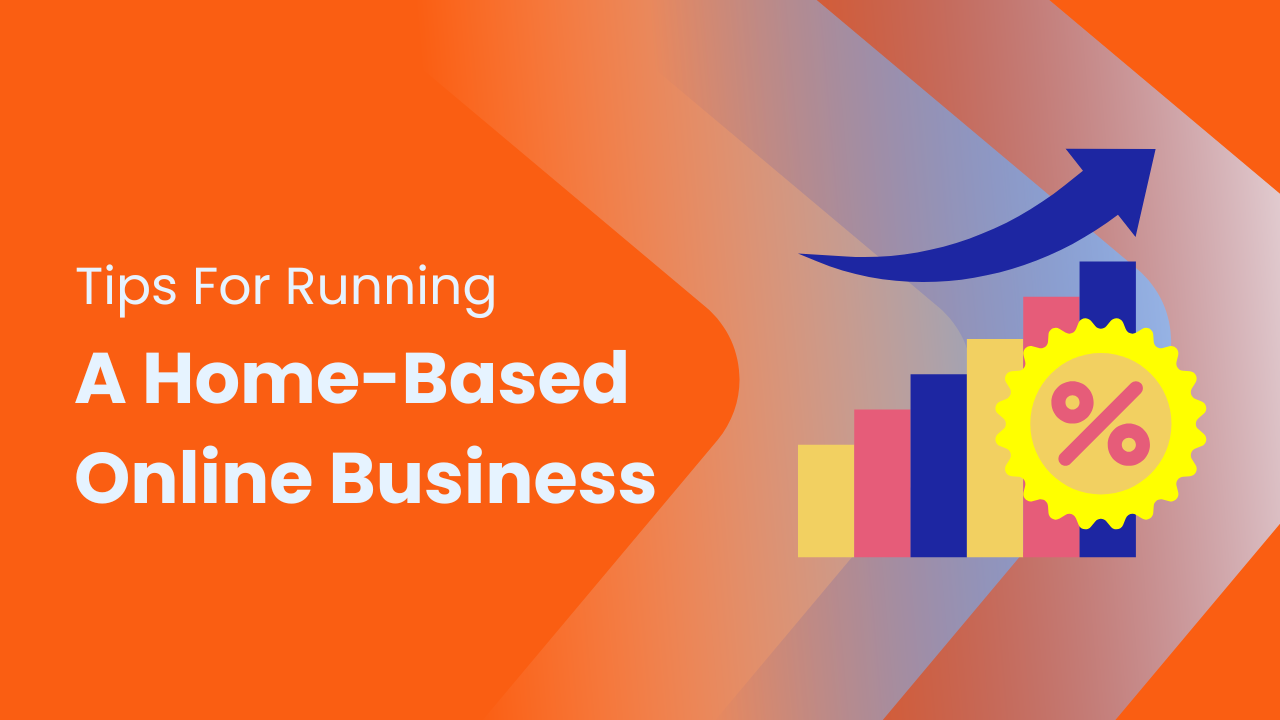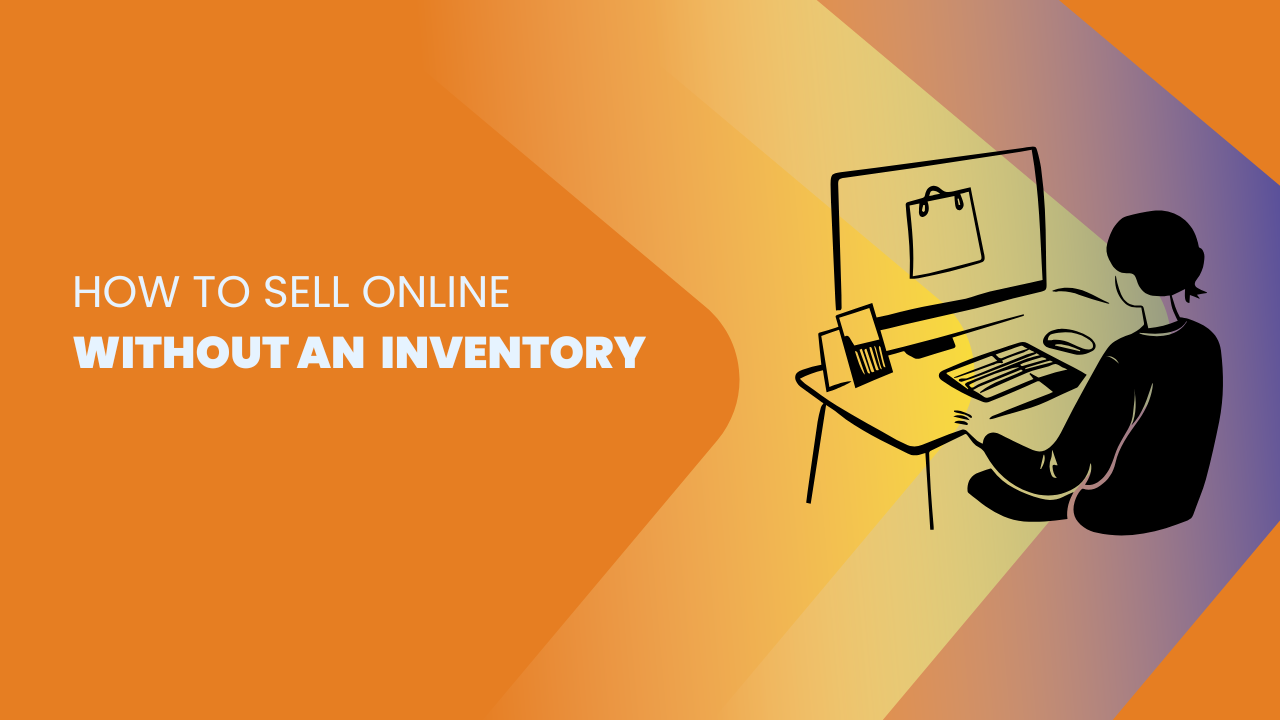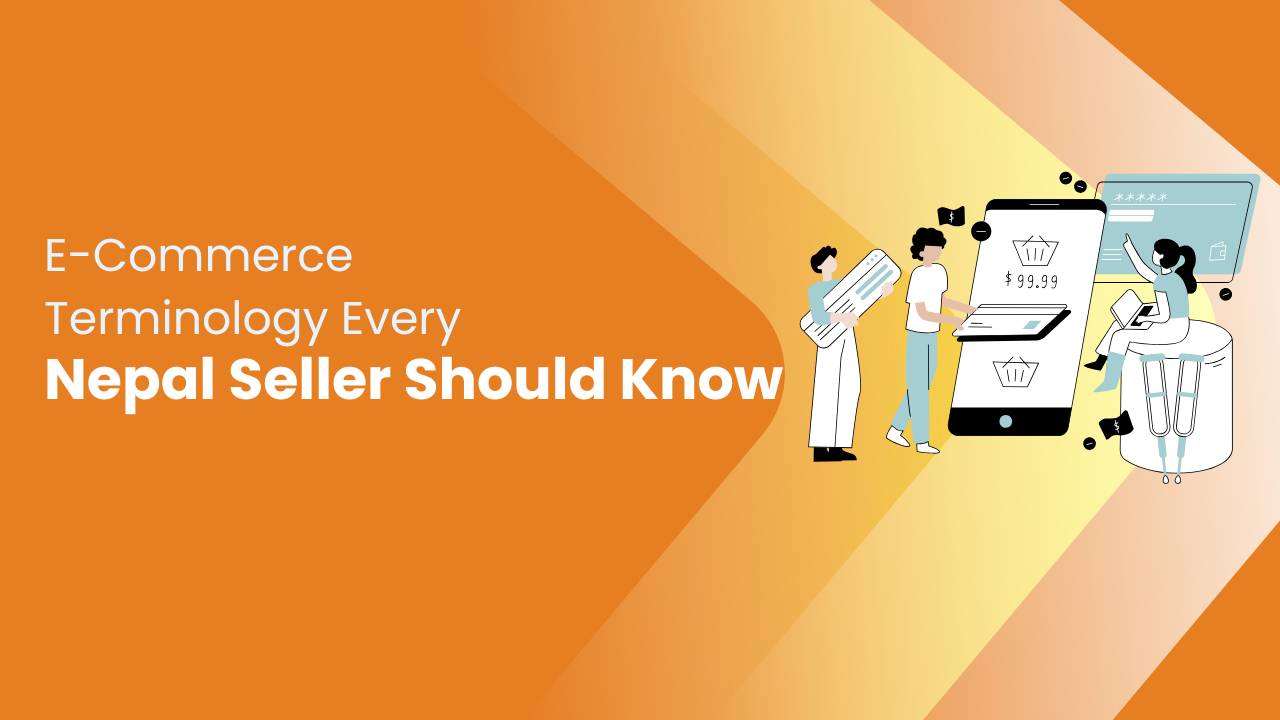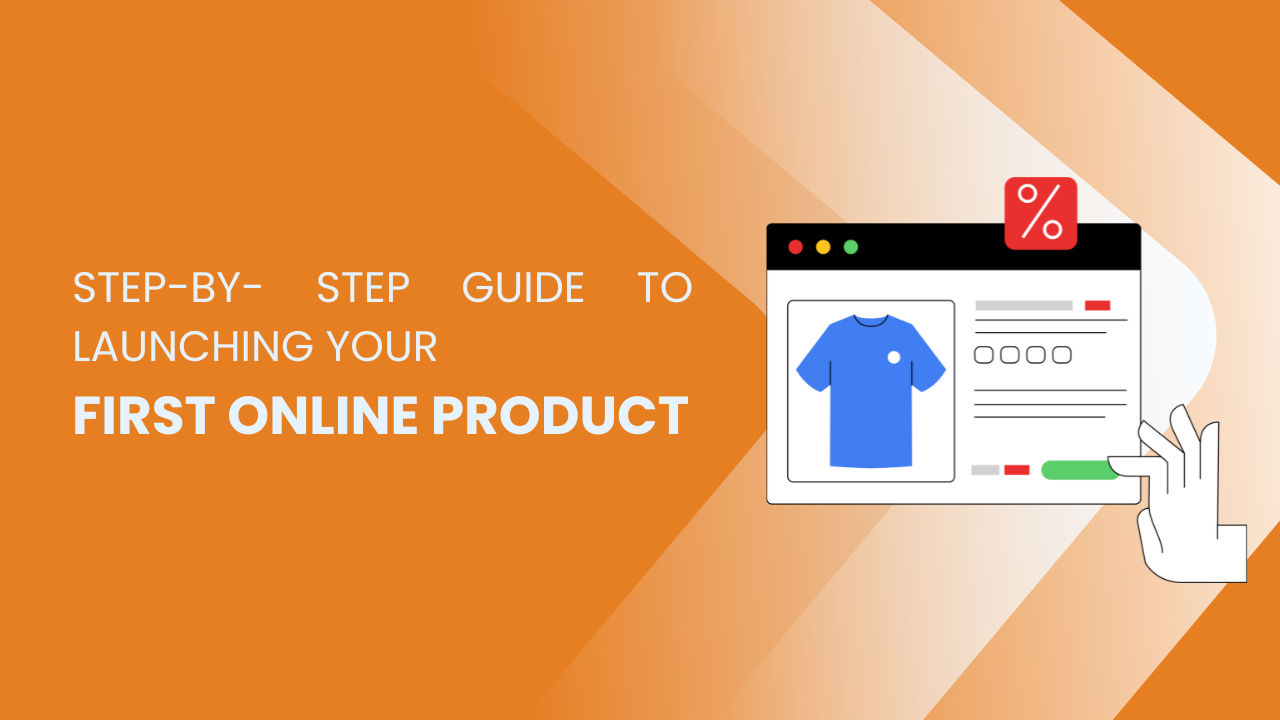Share this Article
Introduction: Turning Ideas Into Reality
Launching your first online product is an exciting journey that combines creativity, strategy, and execution. Every successful product begins as an idea, but an idea alone is not enough. Transforming that concept into a market-ready product requires careful planning, research, and the ability to adapt as you move through each stage. In today’s digital world, the barriers to entry for online products have been significantly lowered, allowing entrepreneurs from all backgrounds to create and sell products with minimal upfront costs. However, the challenge lies not just in creating a product but in ensuring it reaches the right audience, solves a real problem, and generates meaningful engagement and revenue.
In this guide, we will explore a comprehensive step-by-step approach to launching your first online product. Whether you are a first-time entrepreneur, a freelancer, or a small business owner, the strategies discussed here are designed to help you navigate the process confidently and efficiently. From conceptualization and market research to pre-launch strategies and post-launch growth, each step is a building block toward achieving a successful product launch. By the end of this guide, you will have a clear roadmap and actionable insights that you can apply to your own product launch journey.
Finding the Right Product Idea
The foundation of any successful online product starts with identifying a viable idea. The process involves introspection, market research, and identifying gaps that your product can fill. Many aspiring entrepreneurs struggle to find ideas because they focus solely on what they want to create, rather than what the market needs. A great product idea balances personal passion with market demand. Begin by exploring your own skills, interests, and experiences. Consider areas where you have expertise or a unique perspective that others may find valuable.
Next, conduct market research to understand the current trends, customer pain points, and existing solutions. Platforms like social media, online forums, and marketplaces can reveal what people are talking about, what problems they are facing, and where current products fall short. The goal is to uncover opportunities where your product can stand out. Brainstorm multiple ideas and evaluate them based on feasibility, target audience, scalability, and potential profitability. A strong product idea is not only innovative but also practical to develop and market.
Understanding Your Target Audience
Once you have an idea, the next critical step is to understand the audience who will benefit from your product. Without a clear understanding of your potential customers, even the most innovative product may fail. Start by defining your ideal customer profile. Consider demographics such as age, gender, location, income level, and occupation, but also dive deeper into psychographics—interests, values, behaviors, and pain points. Understanding these elements allows you to craft messaging that resonates and design a product that genuinely meets their needs.
Creating buyer personas can help visualize your ideal customers. A persona is a detailed representation of your target audience that includes goals, challenges, and motivations. This exercise forces you to think from the customer’s perspective, which is essential when designing features, pricing strategies, and marketing campaigns. Additionally, engage directly with your potential audience through surveys, interviews, and social media interactions. The insights gained from these interactions are invaluable for refining your product concept and ensuring there is genuine demand.
Validating Your Product Idea
Before investing significant time and resources into building your product, it is crucial to validate your idea in the market. Validation ensures that there is genuine interest and demand for what you are planning to offer. One of the most effective ways to validate is by creating a small-scale experiment or pre-launch test. Start by presenting your concept to your target audience through surveys, landing pages, or social media campaigns. The goal is to gauge reactions, collect feedback, and measure interest.
Another approach is to offer a pre-order or waitlist option for your product. This allows you to quantify demand while simultaneously creating anticipation. Engaging with your audience early also helps you identify potential improvements or adjustments to your product. Validation not only reduces the risk of failure but also gives you insights into how to position your product, set pricing, and define key features. A well-validated idea lays the groundwork for a successful launch, saving time and money in the long run.
Creating a Minimum Viable Product (MVP)
Once your idea is validated, the next step is to develop a Minimum Viable Product, commonly known as an MVP. An MVP is a simplified version of your product that includes only the core features necessary to address the primary problem of your target audience. The objective is to launch quickly, gather real-world feedback, and iterate based on actual user experience.
When designing your MVP, focus on functionality rather than perfection. Avoid spending excessive time on non-essential features or elaborate design elements at this stage. The goal is to test assumptions and learn from users’ interactions. Utilize agile development methods to ensure flexibility and rapid adjustments. Whether your product is a digital tool, an online course, or a physical product sold through an e-commerce store, the MVP stage is a critical step that bridges the gap between concept and market-ready solution.
Building Your Brand and Online Presence
A strong brand identity is essential for capturing attention and establishing credibility in the online marketplace. Branding is more than just a logo or color scheme; it encompasses your messaging, tone, visual identity, and the overall perception that customers have of your product. Begin by defining your brand values, mission, and unique selling proposition. Ask yourself what makes your product different and why people should care.
Once your brand foundation is clear, create an online presence that reflects it. This includes developing a professional website, setting up social media profiles, and ensuring consistent branding across all platforms. Content plays a crucial role in this phase, as it communicates your story, educates potential customers, and builds trust. Blogging, videos, and social media posts can position you as an authority in your niche. Remember, a strong online presence not only attracts customers but also nurtures long-term relationships that are vital for sustainable growth.
Marketing Strategies for Your Product
Marketing is the engine that drives awareness and sales for your online product. Effective marketing starts with understanding the channels where your audience spends their time and tailoring your strategies to reach them. Social media marketing, email campaigns, content marketing, influencer partnerships, and paid advertising are all tools that can be used to create visibility and engagement.
Content marketing is particularly powerful because it provides value before asking for a purchase. Educational articles, video tutorials, and interactive content help establish authority and trust. Email marketing allows for direct, personalized communication, keeping your audience informed about updates, offers, and product launches. Paid advertising, when done strategically, can amplify your reach and accelerate results. The key is to create a cohesive strategy that aligns with your brand, speaks to your audience, and encourages meaningful interaction.
Launching Your Product
The launch phase is the culmination of all your planning and preparation. A successful launch requires careful coordination of timing, messaging, and promotion. Begin by building anticipation among your audience through teasers, countdowns, and early access offers. Leverage your email list, social media channels, and partnerships to maximize reach.
During the launch, ensure that all systems are in place—your website, payment gateways, customer support, and delivery mechanisms must operate smoothly. Monitor user engagement and feedback closely, addressing any issues promptly. A soft launch or beta release can help identify minor problems before a full-scale launch. Remember, the launch is not just a one-day event but a process of creating momentum, building credibility, and establishing a foundation for long-term success.
Post-Launch Growth and Scaling
After your product is live, the focus shifts from launching to growing and scaling your business. Post-launch activities include analyzing sales data, customer feedback, and marketing performance to identify opportunities for improvement. Continuously engage with your customers to build loyalty and encourage word-of-mouth referrals.
Scaling may involve expanding product features, entering new markets, increasing marketing efforts, or optimizing operations for efficiency. Strategic partnerships, affiliate programs, and community building can also accelerate growth. Successful scaling requires balancing customer acquisition with retention, ensuring that the quality of your product and service remains high while reaching a broader audience. Continuous learning, adaptation, and innovation are critical to sustaining long-term success in the competitive online marketplace.
Conclusion: Turning Your Vision Into Reality
Launching your first online product is a journey that combines creativity, strategic planning, and persistent execution. From identifying the right idea and understanding your target audience to validating, building, and marketing your product, every step plays a crucial role in shaping your success. While the process may seem challenging, following a structured approach reduces risk, provides clarity, and increases the likelihood of creating a product that resonates with your audience.
Remember that a successful product launch is not the end of the journey but the beginning of a continuous cycle of growth, learning, and improvement. By engaging with your customers, gathering feedback, and refining your product and strategies, you can scale your business and establish a lasting presence in the online marketplace. Your first product launch is more than just a milestone—it is the foundation upon which your entrepreneurial journey is built. With determination, focus, and the insights shared in this guide, you are well-equipped to turn your ideas into reality and make a meaningful impact in your chosen market.
Categories:
E-commerce Tips & Tutorials
Tags:
E-commerce
,
Guide

